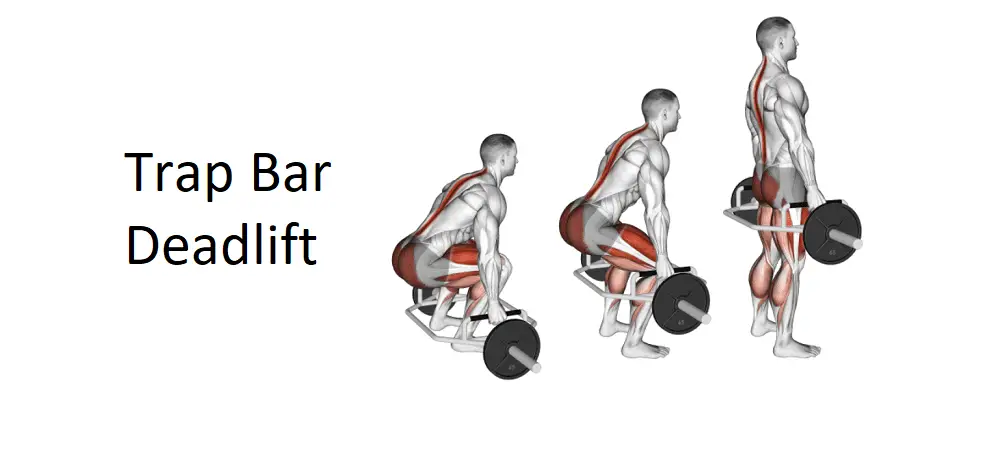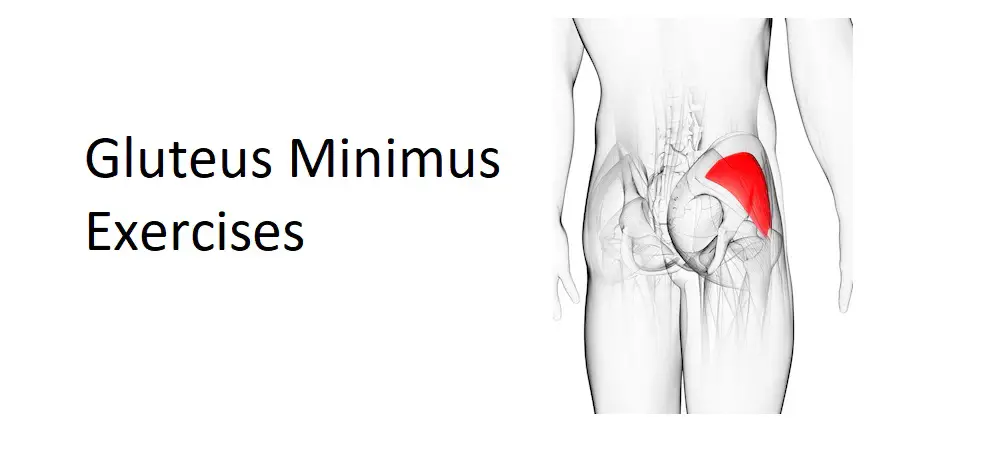Table of Contents
Introduction to Wall Front Neck Bridge
The Wall Front Neck Bridge is an effective exercise designed to target and strengthen the muscles of the neck and upper back. By performing this exercise, you can enhance neck stability, improve posture, and reduce the risk of neck-related discomfort and injuries. This guide will provide you with step-by-step instructions, benefits, alternative exercises, and a conclusion to help you incorporate the Wall Front Neck Bridge into your fitness routine effectively. Strengthening the neck muscles is crucial for overall well-being, especially for those involved in activities that require head and neck movements. Let’s delve into the details of this beneficial exercise.
Instructions
Setup:
- Positioning: Lie on your back with your head close to a wall and your feet flat on the floor. Ensure that your knees are bent at approximately a 90-degree angle.
- Engagement: Press the back of your head gently against the wall while keeping your chin tucked slightly. This will help stabilize your neck and maintain proper alignment throughout the exercise.
Execution:
- Bridge Position: Lift your hips off the ground, forming a bridge position with your body. Keep your head in contact with the wall throughout the movement.
- Hold: Hold the bridge position for a few seconds, focusing on engaging the muscles of your neck and upper back.
- Lower: Gently lower your hips back down to the ground, returning to the starting position.
- Repeat: Perform the exercise for the desired number of repetitions, ensuring smooth and controlled movements throughout.
Tips:
- Maintain a neutral spine throughout the exercise, avoiding excessive arching or rounding of the lower back.
- Focus on keeping your neck muscles engaged and your head in contact with the wall to maximize the effectiveness of the exercise.
- Start with a comfortable number of repetitions and gradually increase the intensity as you become more proficient with the movement.
Safety Precautions:
- If you experience any discomfort or pain during the exercise, discontinue immediately and consult with a fitness professional or healthcare provider.
- Avoid jerky or rapid movements, and always prioritize proper form and technique to prevent injury.
Incorporate the Wall Front Neck Bridge into your regular workout routine to strengthen your neck muscles, improve posture, and reduce the risk of neck-related discomfort and injuries.
Benefits of Wall Front Neck Bridge:
- Neck Strength: The Wall Front Neck Bridge targets and strengthens the muscles of the neck, including the sternocleidomastoid and upper traps, which are crucial for maintaining proper head and neck alignment.
- Improved Posture: By strengthening the muscles of the neck and upper back, the Wall Front Neck Bridge helps improve overall posture, reducing the risk of forward head posture and associated neck and shoulder pain.
- Neck Stability: Performing the Wall Front Neck Bridge helps enhance neck stability, which is essential for activities that involve head and neck movements, such as sports, weightlifting, and everyday tasks.
- Reduced Risk of Neck Injuries: Strengthening the neck muscles through exercises like the Wall Front Neck Bridge can help reduce the risk of neck injuries, such as strains and sprains, by improving muscle strength and resilience.
- Enhanced Athletic Performance: A strong and stable neck is essential for athletes participating in contact sports or activities that involve rapid changes in direction. The Wall Front Neck Bridge can help athletes improve their neck strength and stability, leading to better performance and reduced injury risk.
- Versatility: The Wall Front Neck Bridge can be performed virtually anywhere with minimal equipment, making it a convenient and effective exercise for individuals of all fitness levels.
Incorporating the Wall Front Neck Bridge into your fitness routine can provide numerous benefits, including improved neck strength, stability, posture, and reduced risk of neck injuries.
Muscles worked on Wall Front Neck Bridge
The Wall Front Neck Bridge primarily targets the following muscles:
- Sternocleidomastoid (SCM): This muscle runs along the sides of the neck and is responsible for flexing the neck and rotating the head.
- Upper Trapezius: Located at the back of the neck and upper back, the upper trapezius muscle assists in neck extension and scapular elevation.
- Levator Scapulae: Situated at the back and side of the neck, the levator scapulae muscle aids in neck elevation and scapular rotation.
- Scalene Muscles: The scalene muscles, including the anterior, middle, and posterior scalenes, assist in neck flexion, lateral flexion, and rotation.
- Cervical Spine Extensors: These muscles, including the semispinalis cervicis, splenius cervicis, and longissimus cervicis, are responsible for extending the cervical spine and maintaining neck stability.
By performing the Wall Front Neck Bridge, you engage and strengthen these muscles, promoting improved neck stability, posture, and overall neck health. It’s essential to perform the exercise with proper form and technique to maximize its effectiveness and minimize the risk of injury.
Alternate names of Wall Front Neck Bridge
- Wall Neck Bridge
- Wall Head Bridge
- Wall Neck Extension
- Wall Neck Isometric Hold
- Wall Neck Stability Exercise
- Wall Neck Strengthening Exercise
- Wall Head Stability Bridge
- Wall Head Isometric Hold
- Wall Front Neck Isometric
- Wall Front Neck Hold
These alternate names may vary depending on the context and the preferences of trainers, coaches, or fitness enthusiasts. However, they all refer to the same exercise, which involves bridging the body with the head against a wall to engage and strengthen the muscles of the neck and upper back.
Alternate Exercises for Neck Strengthening
- Isometric Neck Exercises: Perform isometric neck exercises such as isometric neck flexion, extension, lateral flexion, and rotation to strengthen all muscles of the neck.
- Resistance Band Neck Exercises: Use resistance bands to perform exercises such as resistance band neck flexion, extension, lateral flexion, and rotation to provide progressive resistance for neck strengthening.
- Neck Resistance Machine: Utilize specialized neck resistance machines available at gyms to perform various neck strengthening exercises under controlled resistance.
- Manual Resistance Training: Engage in manual resistance training by applying gentle pressure with your hand in various directions while resisting with your neck muscles to strengthen them effectively.
- Neck Bridges: Perform traditional neck bridges by lying on your back and lifting your hips off the ground, placing the weight on your shoulders and neck muscles to strengthen them.
- Plank Variations: Incorporate plank variations such as plank with neck extension, plank with lateral neck flexion, and plank with neck rotation to engage and strengthen the neck muscles while also working the core.
- Dumbbell Shrugs: Perform dumbbell shrugs by holding dumbbells in your hands and shrugging your shoulders upwards towards your ears to target and strengthen the upper trapezius muscles.
- Dumbbell Lateral Raises: Hold dumbbells in your hands and perform lateral raises by raising your arms out to the sides until they are parallel to the ground to target and strengthen the lateral deltoid muscles and upper traps.
- Prone Cobra: Lie face down on the ground with your arms extended overhead and lift your chest and arms off the ground while squeezing your shoulder blades together to strengthen the upper back muscles and improve posture.
- Head Retraction Exercises: Perform head retraction exercises by gently pulling your head backward while keeping your chin tucked to strengthen the deep neck flexor muscles and improve neck posture.
Incorporate these alternate exercises into your routine to provide variety and effectively strengthen the neck muscles from different angles and with varying levels of resistance.
Conclusion
In conclusion, the Wall Front Neck Bridge is a valuable exercise for strengthening the muscles of the neck and upper back, improving neck stability, posture, and reducing the risk of neck-related discomfort and injuries. By incorporating this exercise into your fitness routine, you can enhance neck strength, stability, and overall well-being.
The simplicity and accessibility of the Wall Front Neck Bridge make it suitable for individuals of all fitness levels and can be performed virtually anywhere with minimal equipment. Whether you’re an athlete looking to improve performance, someone seeking relief from neck pain, or simply looking to enhance your neck strength and posture, the Wall Front Neck Bridge is a beneficial addition to your workout regimen.
Remember to perform the exercise with proper form and technique, gradually increasing the intensity as you become more proficient. Listen to your body, and if you experience any discomfort or pain, discontinue the exercise and consult with a fitness professional or healthcare provider.
Incorporating the Wall Front Neck Bridge into your routine will not only strengthen your neck muscles but also contribute to overall physical well-being and quality of life. So, make it a part of your regular workout routine and enjoy the benefits of a stronger, more stable neck.
Video
FAQs
What is a wall front neck bridge?
A wall front neck bridge is an exercise that targets the muscles of the neck and upper back. It involves lying on your back with your shoulders close to a wall and your legs elevated, then lifting your hips off the ground to create a bridge while keeping your neck in contact with the floor.
What muscles does the wall front neck bridge work?
This exercise primarily targets the muscles of the neck, upper back, shoulders, and core. It helps to strengthen the muscles that support proper posture and spinal alignment.
Is the wall front neck bridge suitable for beginners?
It can be challenging for beginners due to the strength and flexibility required in the neck and upper back. It’s important to start slowly and gradually increase the intensity as you become more comfortable with the movement.
Are there any variations of the wall front neck bridge?
Yes, variations include adjusting the distance of your shoulders from the wall, changing the angle of your hips, or adding resistance by placing a weight on your hips.
How often should I do wall front neck bridges?
Like any exercise, it’s important to listen to your body and not overdo it. Start with a few repetitions and gradually increase over time. Aim to incorporate it into your routine 2-3 times per week, allowing for adequate rest and recovery between sessions.
Are there any precautions I should take when doing wall front neck bridges?
Yes, it’s important to maintain proper form throughout the exercise to avoid straining your neck or upper back. Keep your movements slow and controlled, and avoid pushing yourself too hard, especially if you’re new to the exercise.
Can the wall front neck bridge help with neck pain or posture?
It may help improve neck pain and posture by strengthening the muscles that support proper alignment. However, if you have existing neck pain or injuries, it’s best to consult with a healthcare professional before attempting this exercise.
How do I know if I’m doing the wall front neck bridge correctly?
You should feel the muscles in your neck, upper back, and shoulders working during the exercise. Your neck should remain in contact with the floor, and your hips should be lifted off the ground, forming a straight line from your shoulders to your knees. If you experience any pain or discomfort, stop the exercise and reassess your form.
Other Neck Exercises
Check our home page for the latest exercise posts
Also, read The effects of the continuous bridge exercise on the thickness of abdominal muscles in normal adults







